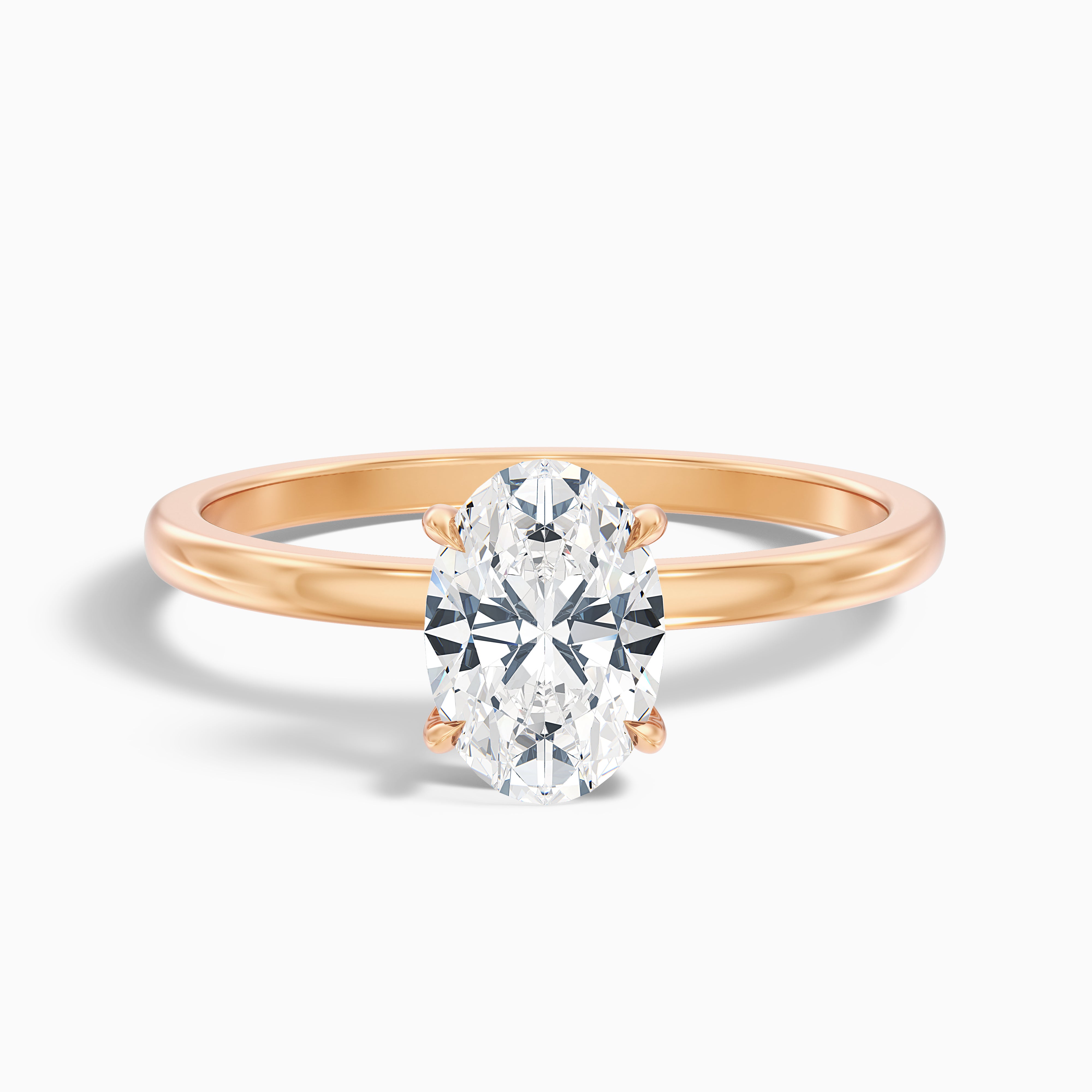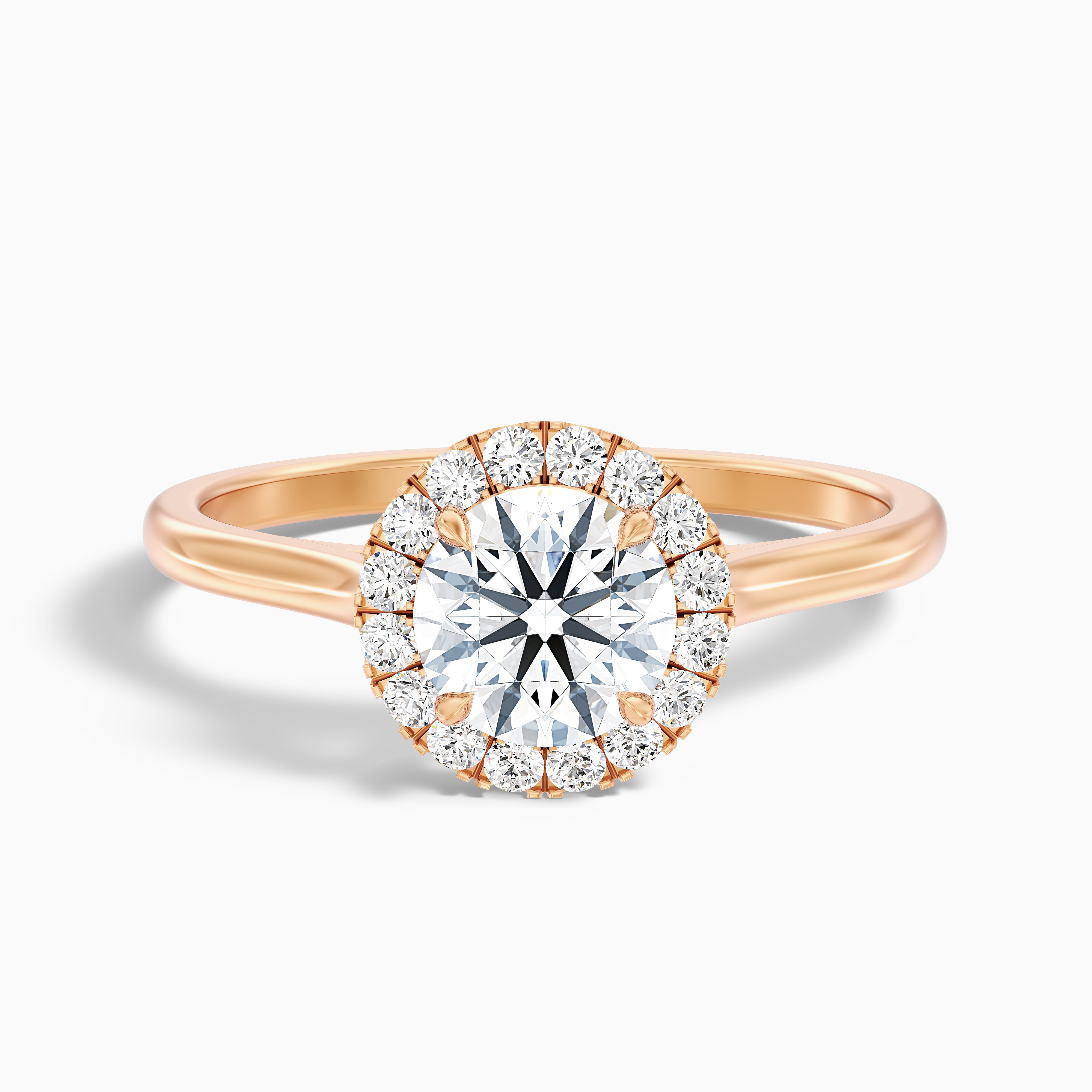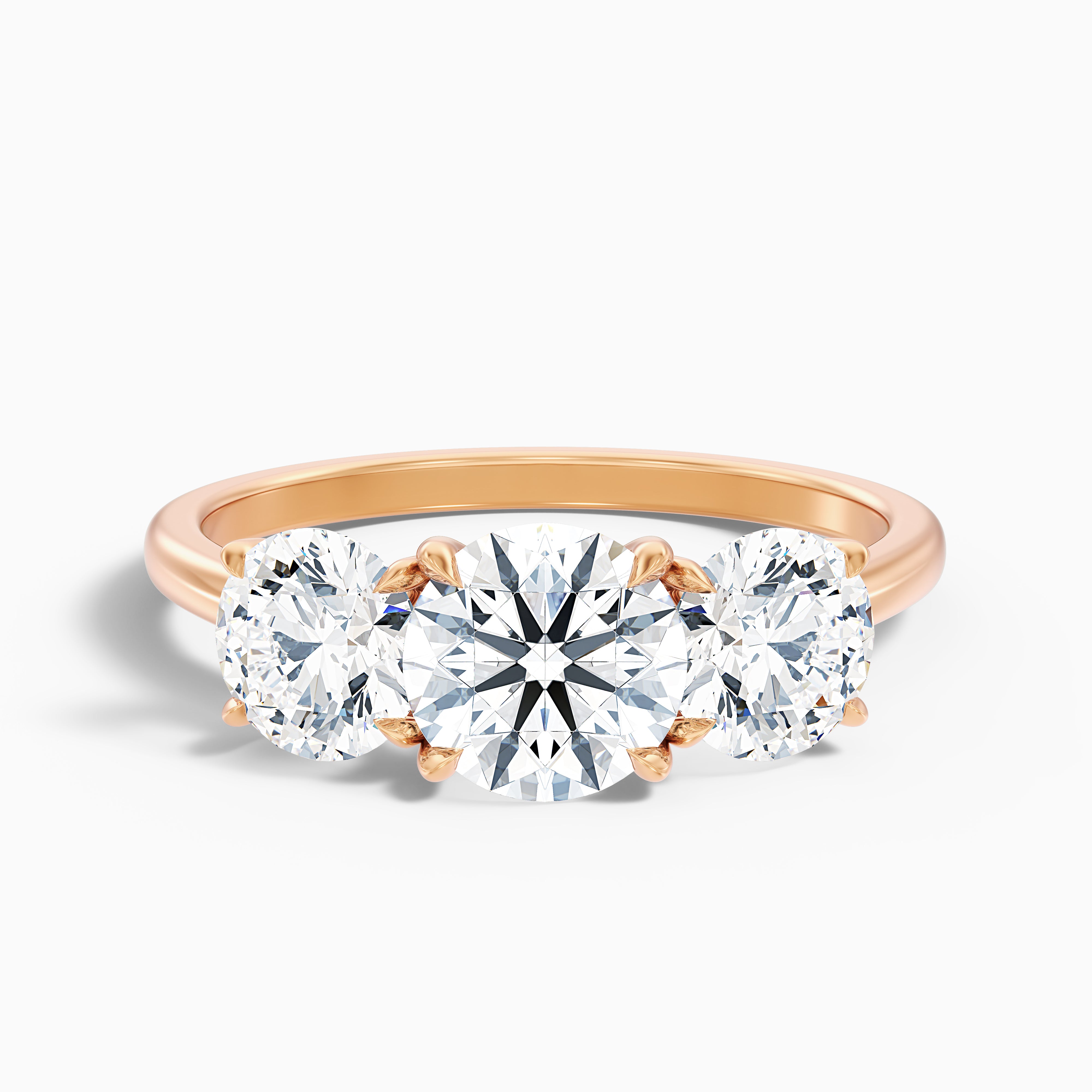Lab grown diamonds are becoming more popular every day. They’re popping up in jewelry stores, online marketplaces, and even conversations about sustainability. People are drawn to them because they offer a way to enjoy the beauty of diamonds without some of the concerns tied to traditional mining.
For example, lab grown diamonds are often seen as more ethical since they don’t involve the same environmental damage or questionable labor practices as mined diamonds. Plus, they tend to cost less, making luxury more accessible. But what many people don’t realize is that there’s more than one type of lab grown diamond.
Some are real diamonds, chemically identical to those pulled from the earth, while others are look-alikes designed to mimic their appearance. In this guide, we’ll dive deep into the different kinds of lab grown diamonds, how they’re made, and why they’re worth considering.
Understanding Lab Grown Diamonds
So, what exactly are lab grown diamonds? At their core, they’re diamonds. Just like the ones formed deep underground over millions of years, lab grown diamonds have the same physical, chemical, and optical properties as natural diamonds. The only difference is where they come from. Instead of being created by geological processes inside the earth, these diamonds are grown in controlled environments using advanced technology.
It’s important to point out that lab grown diamonds aren’t the same as diamond simulants. Simulants might look like diamonds, but they’re made from completely different materials. A simulant can fool the eye, but it won’t pass as a real diamond under close inspection. Lab grown diamonds, on the other hand, are indistinguishable from natural diamonds. Even gemologists need specialized tools to tell the difference. This distinction is key when talking about the types of lab grown diamonds available today.
Main Types of Lab Grown Diamonds
A. Cultured Diamonds (Real Lab Grown Diamonds)
Cultured diamonds are the real deal. They’re not just imitations; they’re actual diamonds, with the same atomic structure as mined diamonds. These diamonds are created using two main methods: HPHT and CVD. Let’s break down each process and what makes them unique.
1. HPHT (High Pressure High Temperature) Diamonds
The HPHT method mimics the conditions deep inside the earth where natural diamonds form. It uses machines like belt presses, cubic presses, and split-sphere presses to apply extreme pressure and heat to a small piece of carbon. Over time, this process grows a diamond crystal.
HPHT diamonds are known for their ability to enhance color and clarity. For instance, manufacturers can use this method to turn brownish diamonds into colorless or fancy-colored stones. Because of this versatility, HPHT diamonds are widely used in both jewelry and industrial applications. However, the process has its downsides. It’s energy-intensive and requires expensive equipment, which can limit production capacity.
2. CVD (Chemical Vapor Deposition) Diamonds
The CVD method takes a different approach. Instead of applying intense pressure, it uses a vacuum chamber filled with a carbon-rich gas like methane. When heated, the gas breaks down, and carbon atoms settle onto a substrate, layer by layer, forming a diamond.
One big advantage of CVD is precision. Manufacturers can control the purity of the diamond, often producing Type IIa diamonds, which are rare in nature and highly prized for their clarity. These diamonds are commonly used in high-end jewelry, electronics, and industrial cutting tools. Compared to HPHT, CVD is generally more efficient and scalable, though it may require additional treatments to improve color.
Comparison of HPHT Vs. CVD Diamonds
| Feature | HPHT Diamonds | CVD Diamonds |
|---|---|---|
| Process | Mimics natural diamond formation using high pressure and temperature. | Grows diamonds layer by layer in a vacuum chamber with carbon-rich gas. |
| Equipment Used | Belt press, cubic press, split-sphere press. | Vacuum chamber with methane or other carbon gases. |
| Energy Use | High energy consumption due to extreme conditions. | More energy-efficient compared to HPHT. |
| Cost of Production | Expensive due to complex machinery and high energy needs. | Generally more cost-effective and scalable. |
| Diamond Quality | Often used to enhance color and clarity of diamonds. | Produces high-purity Type IIa diamonds, rare in nature. |
| Color Options | May require additional treatments to achieve desired colors. | Offers better control over color during growth. |
| Applications | Jewelry, industrial tools, and color-treated diamonds. | High-end jewelry, electronics, and precision cutting tools. |
| Strengths | Great for improving clarity and producing fancy colors. | Precise control over purity and scalability. |
| Limitations | Energy-intensive and costly; limited scalability. | May need post-growth treatments for color enhancement. |
B. Simulant Diamonds (Diamond Look-Alikes)
Simulant diamonds are not real diamonds, but they’re designed to look like them. These stones are made from materials that mimic the sparkle and shine of natural diamonds. While they’re not chemically identical, they’re often used as affordable alternatives. Here are some common types:
1. Cubic Zirconia (CZ)

Cubic zirconia is one of the most well-known diamond simulants. It’s made from zirconium dioxide and is much cheaper than real diamonds. CZ stones are easy to spot if you know what to look for—they lack the brilliance and fire of real diamonds and are far less durable. Still, they’re a go-to option for costume jewelry and temporary pieces.
2. Diamond Nexus Simulants

Diamond Nexus simulants are a step up from CZ. They’re made from a mix of carbon and other materials, giving them a more realistic appearance. These stones are harder and more durable than CZ, making them a better option for everyday wear. While they still don’t match the quality of real diamonds, they’re a solid middle ground for those who want something that looks closer to the real thing.
3. Moissanite

Moissanite is another popular simulant, but it stands out because of its unique properties. Made from silicon carbide, moissanite is incredibly durable and has a higher refractive index than diamonds. This means it sparkles more, creating a rainbow-like effect known as “fire.” Many people choose moissanite for engagement rings because it offers a similar look to diamonds at a fraction of the price.
How to Identify Different Lab Grown Diamonds?
If you’re shopping for diamonds, it’s helpful to know how professionals distinguish between lab grown diamonds, natural diamonds, and simulants. Gemologists use tools like spectroscopy and laser inscription to identify lab grown diamonds. These methods analyze the stone’s internal structure and detect markers left during the growth process.
Simulants are easier to spot. Standard diamond testers can quickly determine whether a stone is a simulant or a real diamond. For example, cubic zirconia will register differently on a tester compared to a natural or lab grown diamond. If you’re unsure about a stone’s authenticity, it’s always a good idea to consult a professional.
Why Choose Lab Grown Diamonds?
There are plenty of reasons why lab grown diamonds are gaining traction. First and foremost, they’re an ethical choice. Unlike mined diamonds, which can be linked to conflict zones and unfair labor practices, lab grown diamonds are conflict-free. They also have a smaller environmental footprint. Mining diamonds requires digging deep into the earth, which disrupts ecosystems and consumes vast amounts of energy. Lab grown diamonds, on the other hand, are created in controlled settings that minimize waste and pollution.
Cost is another big factor. Lab grown diamonds are typically 40–60% less expensive than natural diamonds, making them a budget-friendly option for buyers who don’t want to compromise on quality. Plus, they offer more customization. Manufacturers can grow diamonds in specific colors and qualities, giving consumers more choices.
Conclusion
Lab grown diamonds come in different forms, from cultured diamonds that are chemically identical to natural ones to simulants that mimic their appearance. Whether you’re looking for a real diamond or a budget-friendly alternative, there’s an option for everyone. Beyond their beauty, lab grown diamonds offer ethical, sustainable, and affordable benefits that make them a smart choice for modern consumers.
If you’re in the market for jewelry, take the time to explore lab grown diamonds. They provide a way to enjoy the timeless elegance of diamonds while supporting practices that align with today’s values. So next time you’re shopping, consider going lab grown it’s a decision you won’t regret.






